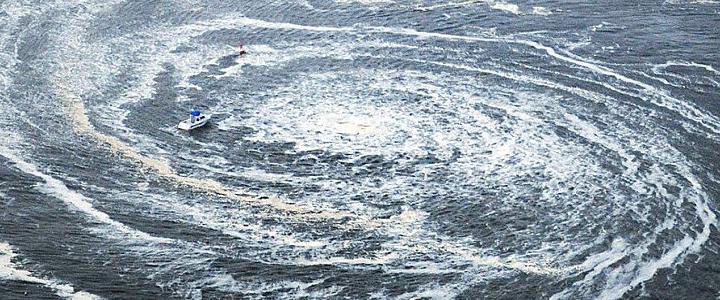Tsunami Alert Issued Following 7.6 Magnitude Earthquake Near Popular Tourist Spot
A 7.6 Magnitude Earthquake Strikes Caribbean Sea, Tsunami Warning Issued
A powerful earthquake of 7.6 magnitude struck the Caribbean Sea on Monday, sending shockwaves through the region and prompting a tsunami warning for several countries. The earthquake, which occurred at 6:23 p.m. local time, was located approximately 20 miles north of Honduras and 130 miles southwest of the Cayman Islands, according to the United States Geological Survey (USGS). The tremor, felt across multiple nations, raised immediate concerns about potential aftershocks and the threat of a tsunami, leading authorities to issue an urgent warning.
The earthquake’s epicenter was deep in the Caribbean Sea, but its effects were felt on land, particularly in areas near the epicenter. As soon as the quake struck, the Cayman Islands government issued a tsunami threat advisory, cautioning residents living near the coastline to move inland. Emergency services across the islands were put on high alert as officials monitored the situation.
“Tsunami threat is real,” the Cayman Islands Hazard Management Agency stated in an official communication. “Residents in low-lying coastal areas should move inland immediately. Stay away from beaches and marinas until further notice.”
The National Weather Service (NWS) quickly assessed the situation and determined that Puerto Rico and the U.S. Virgin Islands were not at risk of a tsunami, although strong and unusual currents continued to pose a threat to the coastal areas. The NWS clarified that the tsunami advisory for these regions had been canceled but advised caution near the water. “While the advisory has been lifted, please be aware of ongoing strong currents in the waters,” the NWS wrote on X, their official social media platform.
The tremor also prompted authorities to issue updates about the tsunami threat to other parts of the Caribbean. While the Cayman Islands and Honduras remained on high alert, no immediate reports of injuries or damage emerged from any affected regions. Despite the absence of destruction, experts warned that unusual ocean currents could still be dangerous and urged people to stay away from coastal areas until further evaluations could confirm the threat had passed.
By 8:23 p.m. local time, the National Weather Service reported that a tsunami threat continued for Cuba, with waves potentially reaching between 1 to 3 meters above normal tide levels. The same threat was issued for Honduras and the Cayman Islands, where waves could rise by up to 1 meter. However, the United States did not receive any tsunami alerts, and no immediate danger was expected.
Seismic activity in the Caribbean region is a constant concern due to the presence of the Caribbean Plate, a tectonic boundary known for producing powerful earthquakes. This latest earthquake serves as a reminder of the vulnerability of the region to such events. Though this quake did not appear to result in widespread destruction, it revived fears from past earthquakes, such as the devastating 7.2 magnitude tremor that hit Haiti in 2021, which caused extensive damage and loss of life.
As authorities continue to monitor the situation, emergency teams in the affected areas remain prepared for any further developments, including the possibility of aftershocks or delayed tsunami waves. The U.S. Geological Survey and local agencies continue to analyze the data from the earthquake, and the situation remains fluid. Disaster response teams in the Caribbean are on standby, ready to respond to any significant impacts.
Officials emphasized that safety precautions are critical in the wake of the earthquake. Those living near harbors, bays, or marinas were urged to move to higher ground and stay away from the water as the situation continues to develop. In the coming hours, further assessments will determine whether the immediate tsunami threat has passed or if additional warnings will be necessary.
Although no immediate catastrophic damage was reported, the Caribbean remains on edge as experts and authorities keep a close watch on seismic activity. The earthquake serves as a reminder of the region’s vulnerability and the importance of preparedness in the face of natural disasters.
